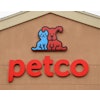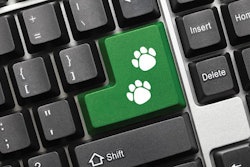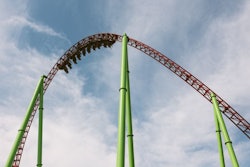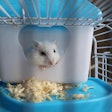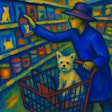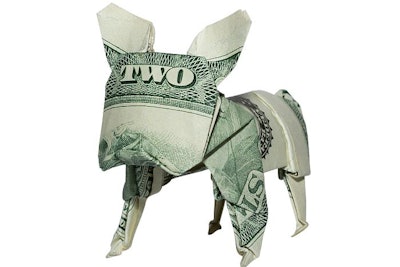
Pet food companies may benefit from four strategic guidelines to endure the disruption created by the COVID-19 pandemic, set forth by Cascadia Capital in their seasonal Pet Industry Overview. As the pandemic’s effects continue, certain aspects of pet owner demand and buying trends may be amplified by movement restrictions and health concerns. On the other hand, unemployment and economic uncertainty may influence pet owners to consider switching brands.
- Health and wellness - Cascadia’s analysts believe that the health and well-being of pet has supplanted humanization as a driving force in the industry.
I took this to mean that people increasingly consider their pets’ species-specific nutritional and behavioral needs ahead of human trends or projections. Brands are now specifically saying that dogs are not wolves, for example, in contrast to past trends saying the exact opposite. Human trends passed rapidly into pet foods over the past decade, and some of those dietary strategies may have been fine for foodies, but not Fido. Perhaps now pet owners increasingly consider the dog as a dog with its own nutritional and psychological needs.
- Convenience – Pet owners want easy access to information about products and the ability to buy at will, where they choose, according to Cascadia.
The internet revolutionized pet food research and buying. The enforced seclusion of the pandemic seems to be pushing this shift even more. As pet owners increasingly research and buy online, it can put new brands next to legacy brands, nixing the brick-and-mortar shelf space edge of established companies. In the early stage of the pandemic, U.S. pet owners may have purchased up to two months of pet food, according to Nielsen analysts, which may result in lower in-store sales over the coming months.
- Value – Cascadia’s analysts pointed out that getting one’s money’s worth will always be important to pet owners.
Value might even become more important, I think, as a record-setting wave of unemployment sweeps the planet. While people will always want quality nutrition for their pets, people may choose to purchase conventional varieties as opposed to superpremium. Although many have lost their jobs and whole sectors decline, the pet food industry is hiring, while manufacturers and suppliers remain at work as essential infrastructure workers in the U.S.
- Human Animal Bond – The connection between humans and animals drives continued pet food spending, wrote Cascadia’s analysts.
Pets are helping their owners get through a traumatic time, and I imagine that will only strengthen the bond between them. Pet food and treat companies have many opportunities to enrich those interactions, as pet owners look to mealtimes and rewards as prime times for animal interaction.
The questions is how the pandemic and the resultant economic turmoil will affect pet populations overall long-term. Some pet shelters cleared out their kennels as people found new friends for their seclusion. However, movement restrictions and forced closures of animal shelters reduced overall adoption rates during the pandemic. In the coming months of pandemic reactions, people may have few chances to adopt a new dog, cat or other animal. Similarly, they may fear taking on another mouth to feed.
View our continuing coverage of the coronavirus/COVID-19 pandemic.



